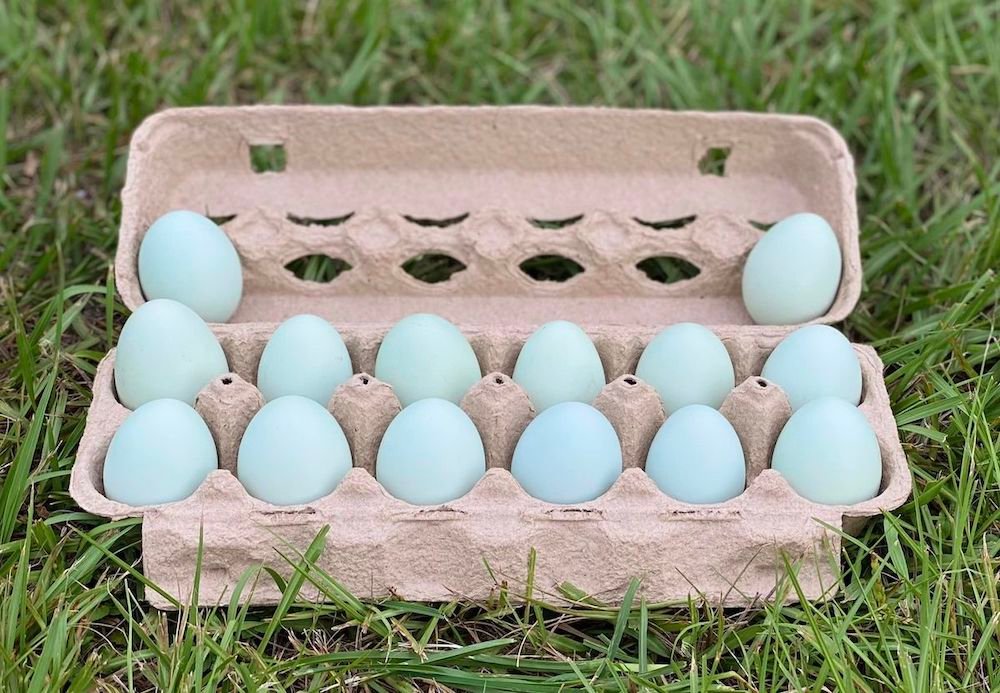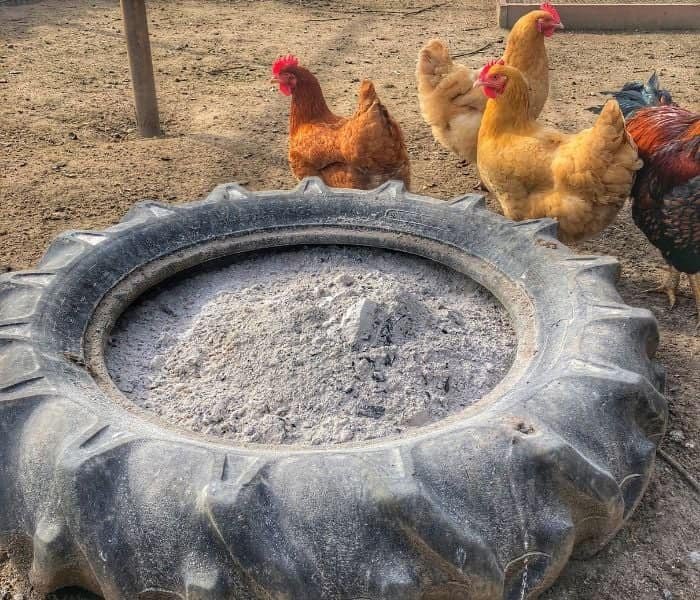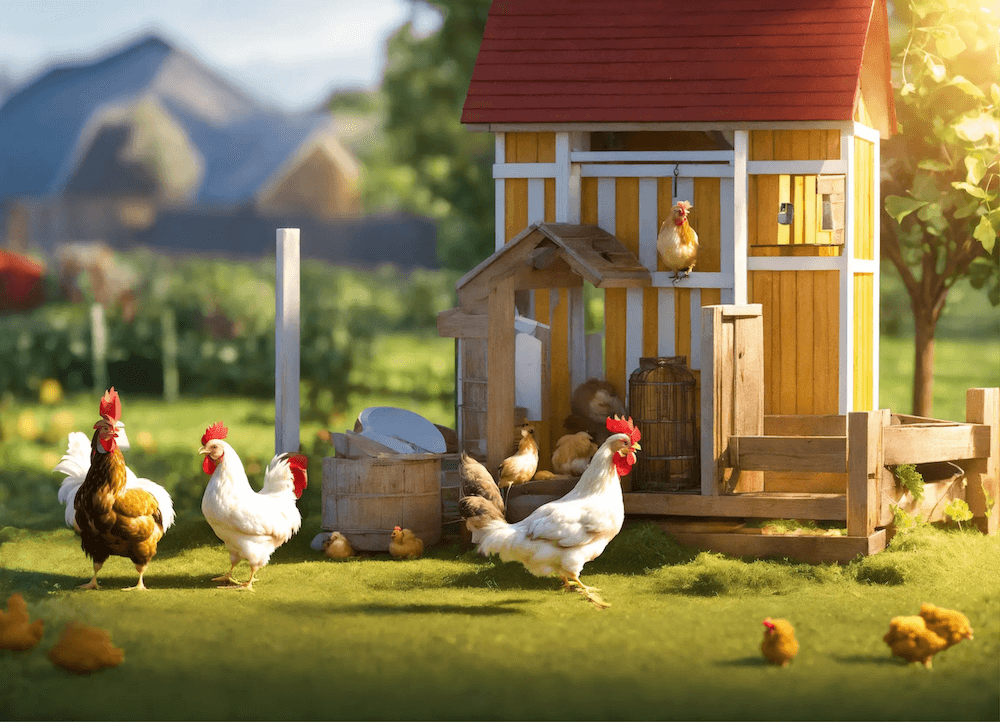Raising Leghorn Chickens: A Beginner’s Guide

If you’re looking to start a backyard flock that provides an abundance of fresh eggs, Leghorn chickens are an excellent choice. As one of the most popular egg-laying breeds, Leghorns are known for their exceptional laying ability, adaptability, and hardiness. In this comprehensive guide, we’ll explore the ins and outs of raising Leghorn chickens, from their fascinating history to practical care tips.
A Brief History of the Leghorn Chicken Breed
The Leghorn chicken has a rich history, originating in Tuscany, Italy, where it was called the Livorno or Livornese. These birds first arrived in North America in 1828 from the city of Livorno and were initially known as “Italians” before becoming the anglicized “Leghorn”.
Today, Leghorns are recognized for their diverse color varieties, including white, red, black-tailed red, light brown, dark brown, black, buff, Columbian, buff Columbian, barred, and silver. They are a part of the Mediterranean class of chickens and are known for their distinctive yellow legs and white earlobes.
Leghorn Chicken Characteristics
One of the most striking features of Leghorn chickens is their exceptional egg-laying ability. These birds are true egg-laying powerhouses, with hens capable of laying between 150 and 320 large to extra-large white eggs per year. That’s an impressive 6-7 eggs per week!
Despite their prolific egg production, Leghorns are not known for their broodiness or mothering instincts. If you’re looking to hatch chicks, you’ll need to rely on an incubator or a broody hen from another breed.
In terms of size, Leghorns are a medium-sized breed, with roosters weighing around 8 pounds and hens around 5 pounds. While they may not be the largest birds, their compact size contributes to their efficiency as egg layers.
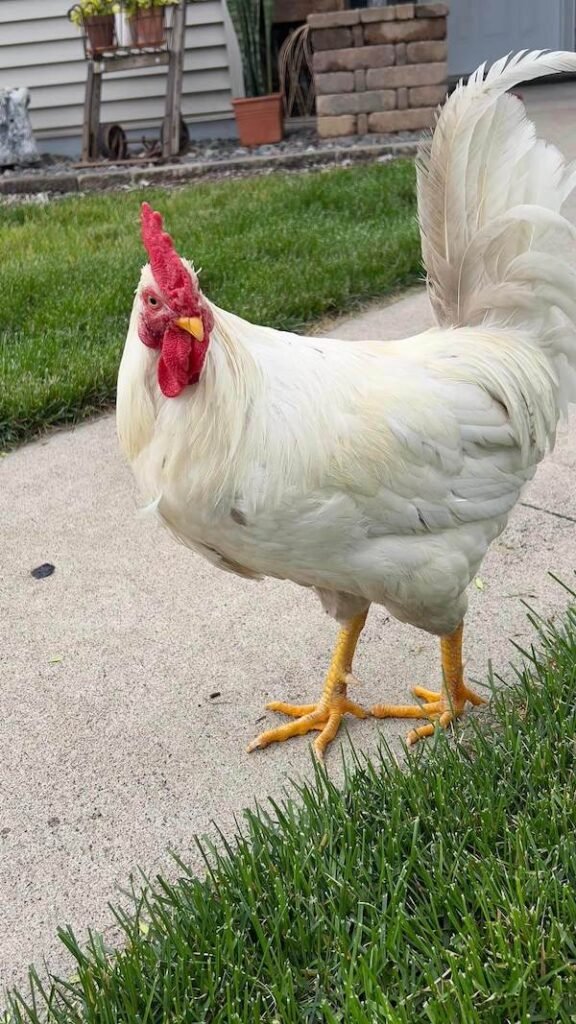
Comprehensive Egg Production Information
Leghorn hens are renowned for their prolific egg-laying capabilities. Here are some key points regarding their egg production:
- Egg Size and Color: Leghorns typically lay large to extra-large white eggs. The eggs are known for their strong shells, which are essential for preventing breakage during handling and storage.
- Production Timeline: Leghorn hens usually begin laying eggs at around 16-20 weeks of age. Their peak production occurs in the first couple of years, after which egg production may gradually decline.
- Seasonal Fluctuations: Egg production can vary with the seasons. During the shorter, darker days of winter, egg production may decrease. Providing supplemental light in the coop can help maintain egg production during these months.
- Egg Quality: The eggs laid by Leghorns are not only abundant but also of high quality. They have a good nutritional profile, being rich in protein and essential vitamins.
Caring for Leghorn Chickens
Raising Leghorn chickens from chicks is similar to caring for any other breed. Here are some key considerations:
Housing
Leghorns are active birds that thrive in spacious environments. Provide a secure chicken coop with a minimum of 3-4 square feet of space per bird. Ensure the coop is well-ventilated, draft-free, and protected from predators.
Many backyard chicken keepers allow their Leghorns to free-range during the day, which supplements their diet and provides mental stimulation. If you have concerns about your birds escaping, consider clipping their wings or attaching a large run to the coop.
Feeding
Feed your Leghorn chicks a high-quality starter feed until they reach 16 weeks of age, then transition them to a 16% protein layer pellet. During the molting season, you may want to increase the protein content to support feather regrowth.
Provide a constant supply of fresh water, grit, and oyster shell for proper digestion and eggshell formation. If your Leghorns are free-ranging, they’ll supplement their diet with insects, seeds, and vegetation, reducing your feed costs.
Dietary Needs of Leghorn Chickens
Here’s a chart outlining the dietary needs of Leghorn chickens at different life stages:
| Life Stage | Feed Type | Protein Content | Additional Needs |
|---|---|---|---|
| Chicks (0-6 weeks) | Starter Feed | 20-24% | Constant heat source, fresh water |
| Growers (6-16 weeks) | Grower Feed | 16-20% | Grit, fresh water |
| Layers (16 weeks+) | Layer Feed | 16% | Oyster shell for calcium |
| All Ages | Treats (mealworms, greens) | – | Fresh water, grit |

Health and Disease Management
Leghorns are generally hardy birds, but it’s essential to monitor them for common poultry ailments. Here are some health management practices specific to Leghorn chickens:
- Common Health Issues: One notable health concern is frostbite, which can affect their large combs and wattles during harsh winters. Ensure your birds have adequate shelter and consider providing a heat source if temperatures drop significantly. Other common issues include respiratory diseases, mites, and lice.
- Vaccination and Biosecurity: Discuss the importance of vaccinations and biosecurity measures to protect your flock from diseases, especially if you plan to introduce new birds. Regularly check for signs of illness and isolate any sick birds to prevent the spread of disease.
- Regular Health Checks: Monitor your Leghorns for signs of good health, such as bright eyes, smooth beaks, and clean feathers. Regularly check their combs and wattles for frostbite and ensure they are free from parasites.
Leghorn Chicken Temperament
Leghorns are often described as gentle birds, but their temperament can vary. While they may be suitable for children who are comfortable around animals, their flighty nature and occasional aggression make them less ideal for beginners or young children.
It’s important to note that Leghorns can be noisy, with hens frequently squawking and roosters crowing. This makes them better suited for rural or suburban areas rather than densely populated urban environments.
Purchasing Leghorn Chickens
If you’re interested in adding Leghorn chickens to your flock, there are several options for obtaining them:
Hatcheries and Online Retailers
One of the most convenient ways to purchase Leghorn chickens is through hatcheries or online retailers that specialize in poultry. These sources often offer a wide variety of Leghorn color varieties and can ship chicks directly to your doorstep. However, it’s essential to research the hatchery’s reputation and ensure they practice responsible breeding and shipping methods.
Prices for Leghorn chicks from hatcheries typically range from $3 to $5 per chick, depending on the color variety and quantity ordered. For example, White Leghorns Chickens may be on the lower end of the price range, while rarer color varieties like buff or Columbian could be more expensive.
Local Breeders and Poultry Swaps
Connecting with local Leghorn breeders or attending poultry swaps and auctions can be a great way to find birds in your area. This allows you to see the chickens in person and ask the breeder questions about their health, temperament, and laying abilities. Local sources may also be more affordable than hatcheries, as you eliminate shipping costs.
Prices for Leghorn pullets (young females) from local breeders can range from $20 to $50, depending on the bird’s age, color, and whether it’s a pure breed or hybrid. Roosters are often less expensive or even given away for free, as many backyard chicken keepers prefer an all-female flock.
Craigslist and Facebook Marketplace
Online classifieds like Craigslist and Facebook Marketplace can be another source for finding Leghorn chickens in your local area. Be cautious when purchasing from these sources, as it’s essential to meet the seller in person, ask questions about the birds’ origins and health, and avoid sending money to anyone you haven’t spoken to on the phone or are unsure about.
Prices on online classifieds can vary widely, but you may be able to find Leghorn pullets for $10 to $25 each. Roosters are often free or very low-cost.When purchasing Leghorn chickens, regardless of the source, look for birds that appear healthy, with bright eyes, clean feathers, and active behavior. Avoid birds that seem lethargic, have discharge from their eyes or nostrils, or have signs of external parasites like mites or lice. Asking about the birds’ vaccination history and deworming schedule can also help ensure you’re getting healthy, high-quality Leghorns for your flock.
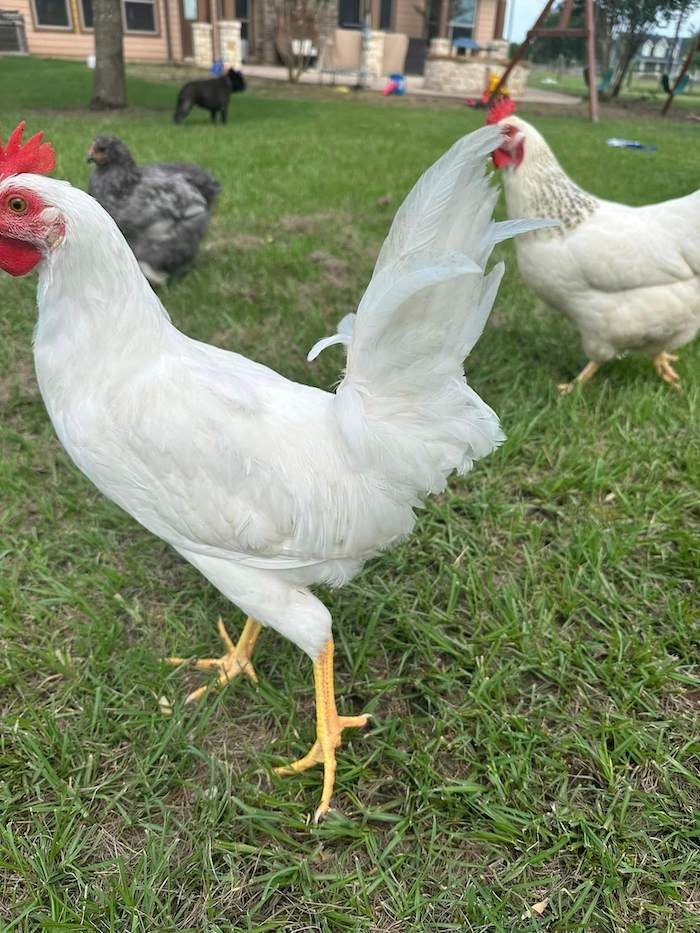
FAQs around raising Leghorn Chickens
- Are Leghorns a dual-purpose breed?
- No, Leghorns are primarily used for egg production due to their slight build and are not considered good for meat production.
- Are Leghorns a heritage breed?
- Yes, Leghorns are one of the oldest and most common heritage breeds, valued for their egg-laying abilities.
- How long do Leghorn chickens live?
- Leghorns typically live for 5-7 years, although some individuals can live longer with proper care.
- How do I manage noise levels with Leghorns?
- If noise is a concern, consider housing them in a location away from neighbors, as Leghorns are known for their vocal nature.
- Can I keep Leghorns in an urban setting?
- While it’s possible, their noisy disposition and flighty nature may not be suitable for urban environments. Check local regulations regarding backyard chickens.
- What are the best practices for integrating new birds into an existing flock?
- Introduce new birds gradually, using a separate pen for a few days to allow them to acclimate. Monitor interactions closely to prevent aggression.
Pros and Cons of Raising Leghorn Chickens
Pros:
- High egg production
- Adaptable to various environments
- Hardy and heat tolerant
- Early sexual maturity and rapid feathering
- Light eaters and excellent foragers
Cons:
- Not broody or good mothers
- Prone to flying and roosting in trees
- Skittish and flighty temperament
- Noisy, making them unsuitable for urban areas
- Susceptible to frostbite in cold climates
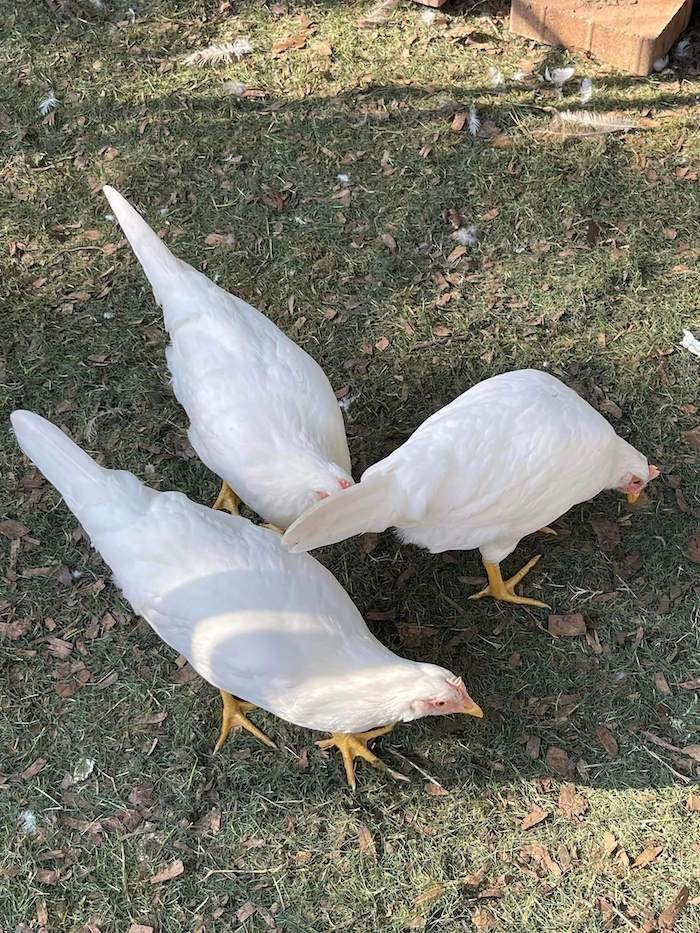
Tips & Tricks for Raising Leghorn Chickens
- Consider a rose comb variety if you live in a cold climate, as they are less prone to frostbite than the standard single comb.
- Provide ample space and perches to accommodate their active nature and flying ability.
- Introduce new birds slowly to avoid aggression from the dominant Leghorns in your flock.
- Collect eggs frequently to encourage continued egg production and prevent egg binding.
- Supplement their diet with calcium-rich foods during the laying season to maintain eggshell quality.
Conclusion
Leghorn chickens are an excellent choice for backyard chicken keepers looking to maximize egg production. With their adaptability, hardiness, and efficient feed-to-egg ratio, these birds are a practical and economical addition to any flock. By understanding their unique characteristics and providing proper care, you can enjoy a bountiful supply of fresh, high-quality eggs from your Leghorn hens.




